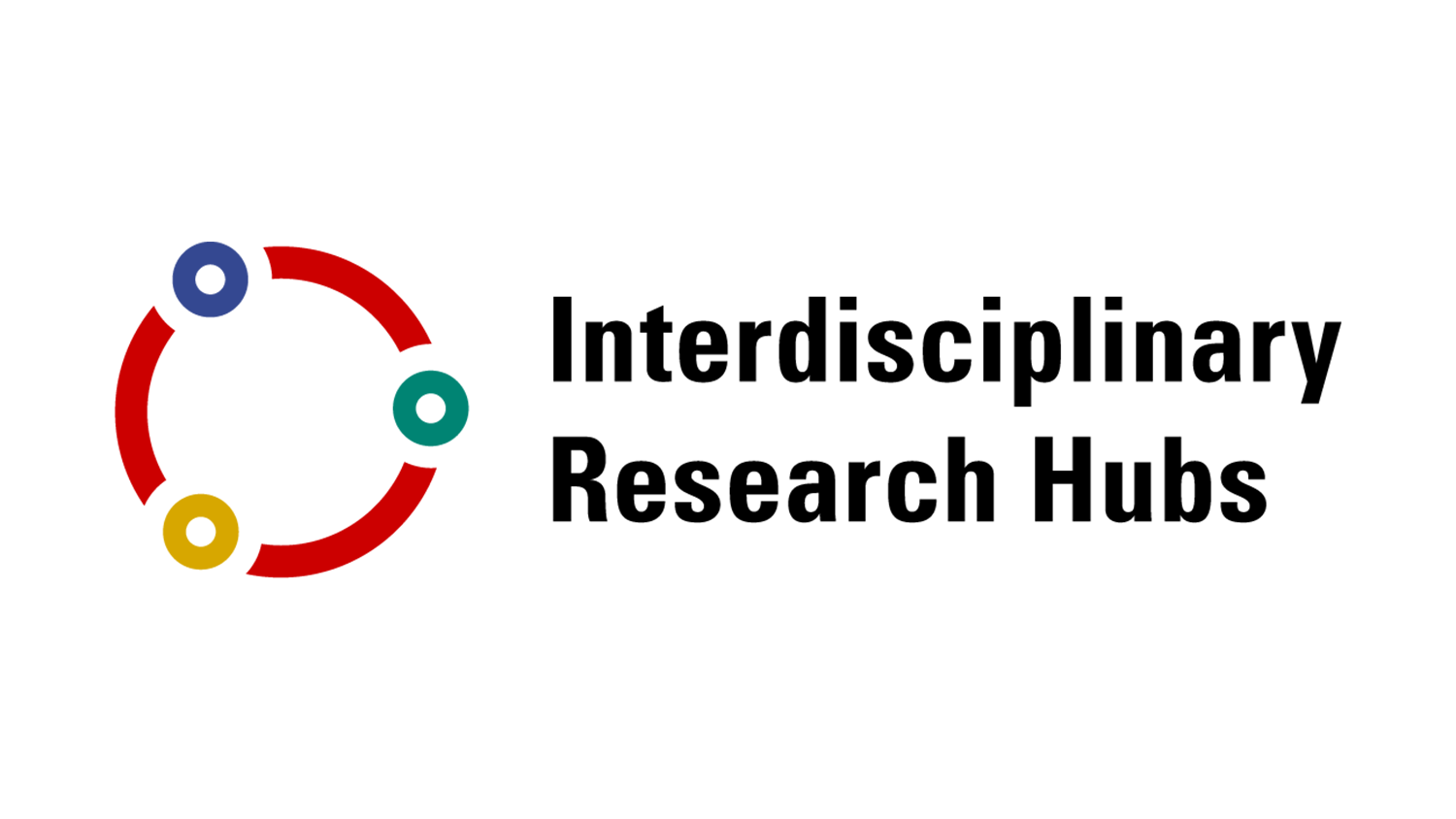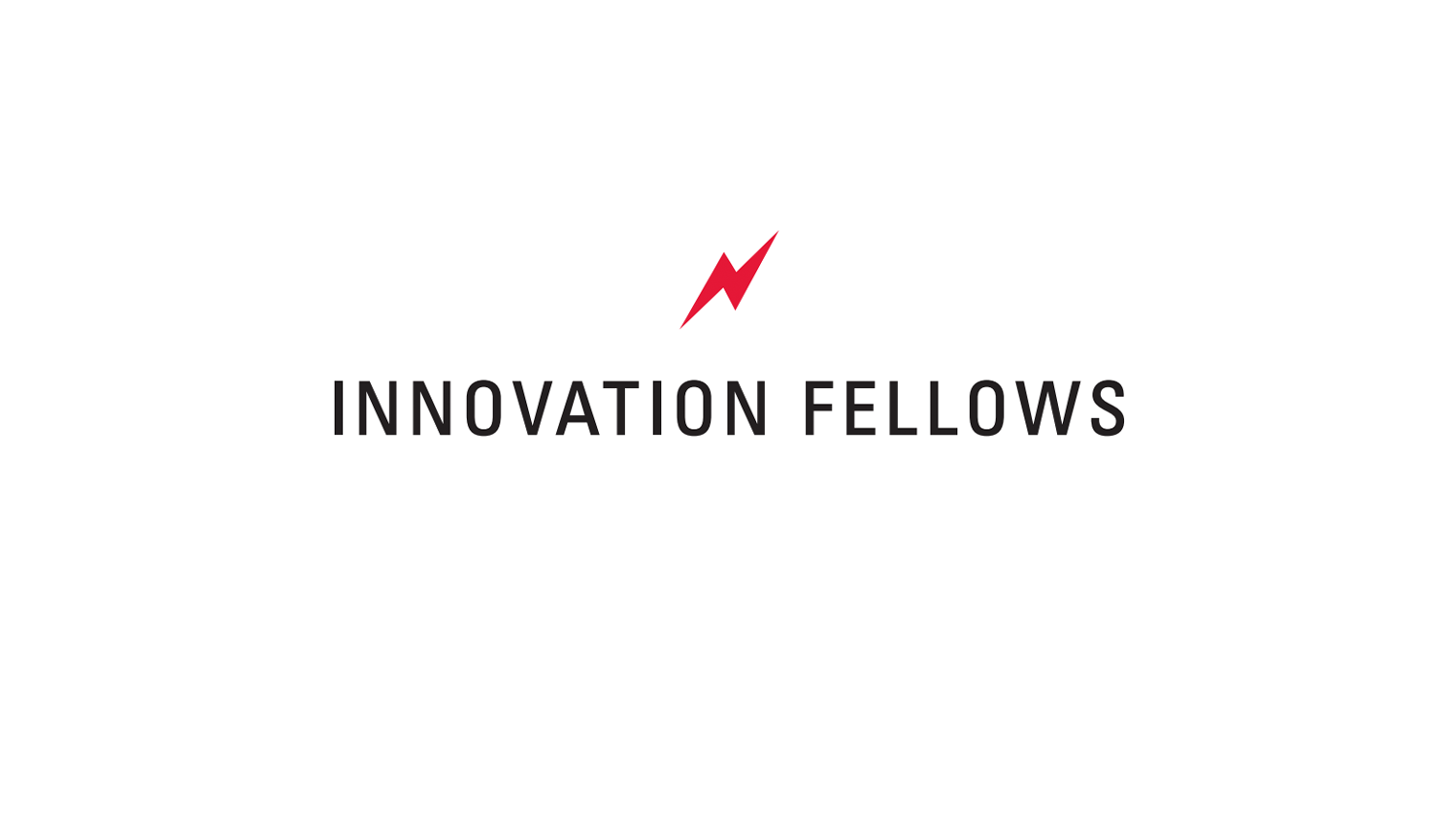Science Books Boost Beginning Readers’ Skills

To help prepare young readers make the jump to more difficult science textbooks, a researcher from North Carolina State University is studying how to teach first graders to read and learn science – at the same time.
“Kids are naturally curious about the world,” said study co-author Jackie Eunjung Relyea, assistant professor of literacy education in the NC State College of Education. “In our study, we asked: Why don’t we use some interesting, but more complex, science books for beginning readers? If we can engage children in building science knowledge through books, it could help them improve their reading comprehension of content-heavy textbooks in later elementary grades.”
Led by researchers at Harvard University, the study published in the Journal of Educational Psychology evaluated the impact of a 10-day reading program that used a series of science books on Arctic animal survival to help teach first graders how to read. In a group of 674 first graders, researchers compared participants’ science knowledge, reading comprehension and writing ability to students who had regular classroom instruction.
They found students who participated in the program had higher science knowledge and improved reading comprehension compared with the children in the regular instruction group. The Abstract spoke with Relyea to talk about the study findings:
The Abstract: Why are you interested in introducing young readers to science books?
Relyea: Literacy instruction in primary grades normally focuses on teaching code-based reading skills or phonics using short, narrative texts. This is important for young children’s foundational reading skills, but many students struggle to read and understand complex, content-rich texts in later grades. Narrative books are fun, but we want children to read more complex and challenging books earlier on.
TA: How did you teach science books to first graders who are learning to read?
Relyea: In this study, we integrated science content into reading instruction using books about Arctic animal survival. These books were more challenging than the books that first-grade teachers and students normally read in the classroom.
At the beginning, there was concern among teachers that the books may be too challenging for the first graders. But we had the teachers read the books aloud and lead classroom discussions. They also taught students vocabulary words related to the content. Students also engaged in argumentative writing on a regular basis. The writing routine was well structured and purposeful. Then, we explicitly showed them some writing structure that kids can use.
TA: What impact did the program have on children’s science knowledge and reading ability?
Relyea: We found that first graders in the treatment classrooms gained significantly higher scores than students in the control group for reading comprehension and science knowledge.
We measured students’ science knowledge in three ways: by testing vocabulary, listening comprehension and argumentative writing skills. After they listened to an informational passage about an ecosystem, they answered some questions related to the content they learned from the intervention. Then they were given an open-ended writing prompt on the question: Should people be allowed to cut down trees in the rainforest? This was to assess how students drew upon their science domain knowledge and argument structure knowledge.
Based on these measures, we found that instructional strategies in the treatment group helped children learn the information. First graders’ daily reading and writing activities with complex texts helped to improve literacy skills as well as their science knowledge.
TA: Why didn’t you see a significant impact on students’ motivation to read?
Relyea: To assess reading motivation, we asked students a series of questions including: Are you a good reader, and are you comfortable with reading aloud in front of people? We also asked them about their feelings on overall value of reading. We found a positive association between the intervention and reading motivation, but it wasn’t statistically significant. We think the difference wasn’t significant because the intervention was very short. The treatment-group teachers taught only 10 lessons. Future studies should consider longer implementation of this literacy intervention.
TA: What is your takeaway?
Relyea: Content literacy instruction that focuses on building science knowledge through more complex informational text can start early on. First-grade literacy instruction usually focuses on code-based and language-focused instruction, but if teachers emphasize knowledge development for these young children, their ability to read and write complex and challenging texts can improve, too.
This post was originally published in NC State News.
- Categories:


